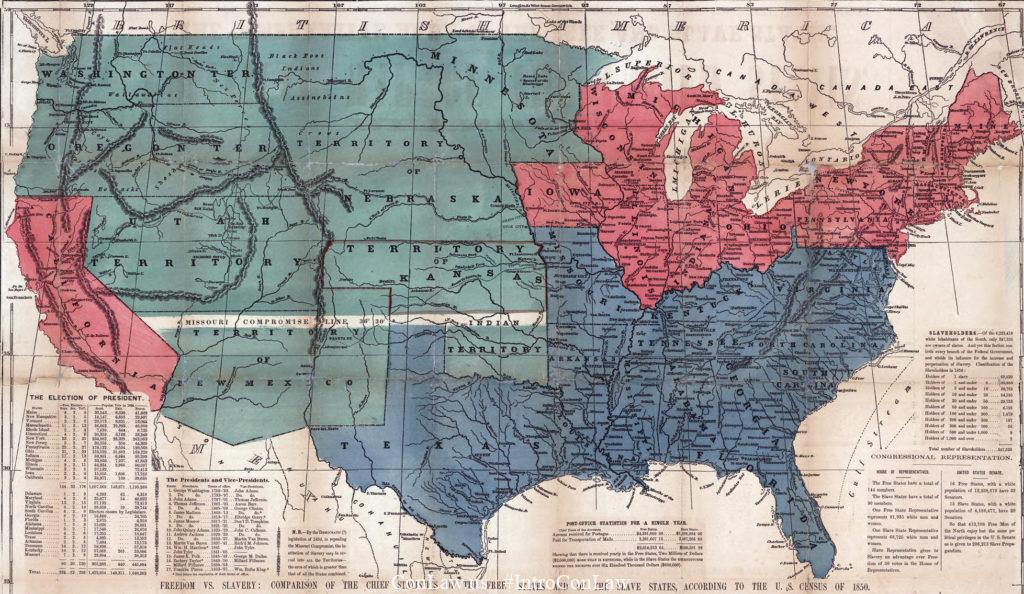




The holding of Dred Scott v. Sandford (1857) is well known: People of African descent — whether free or enslaved — could never be citizens of the United States. However, the facts that gave rise to Dred Scott are not well understood. This chapter will consider the specific mechanics of Chief Justice Roger Brooke Taney’s opinion.
Following the Constitution’s ratification, the slave states and the free states gradually became more bitterly divided. As time went by, each side feared that the other would gain more representation in Congress when new states were admitted to the Union. This fear resulted in the Missouri Compromise of 1820, which prohibited slavery in all new states north of the 36° 30′ line. The compromise was designed to preserve the political equipoise in Congress: For every new slave state that was admitted into the Union, a new free state would also be admitted.
Dred Scott is an infamous decision that belongs in the anti-canon. The case began when Dred and his wife Harriet, both slaves, were transported by their owner from Missouri to a U.S. Army fort located in the free Wisconsin territory (present-day Minnesota), and to the free state of Illinois.




















